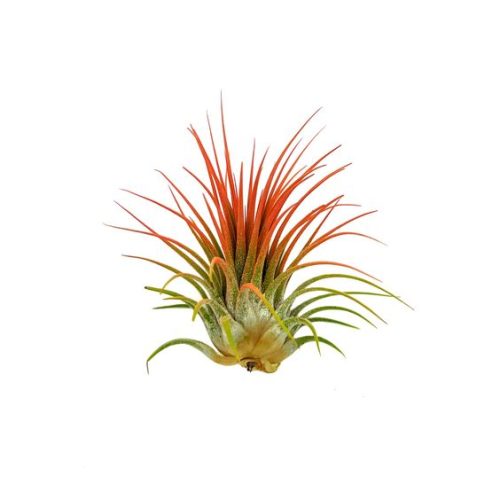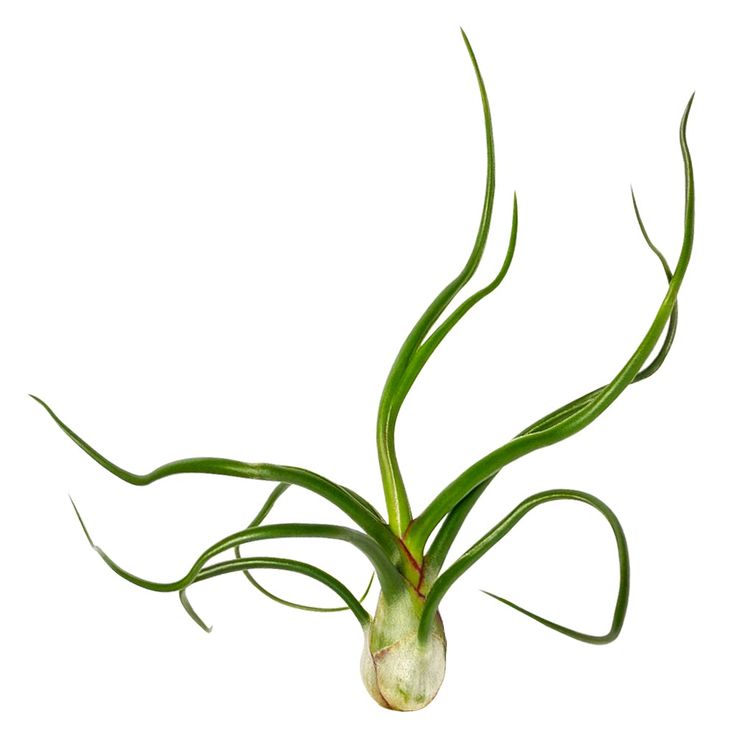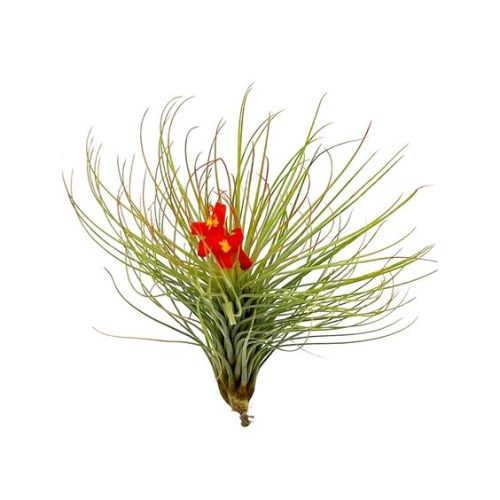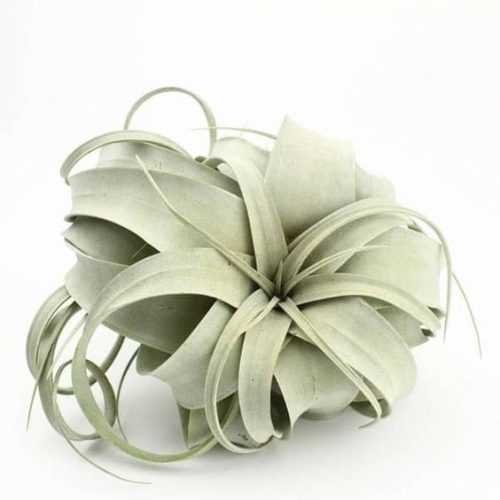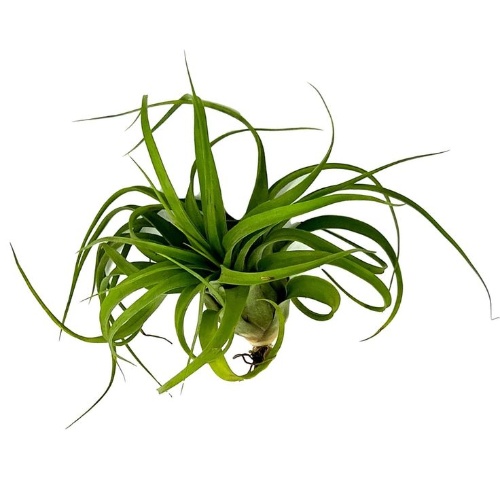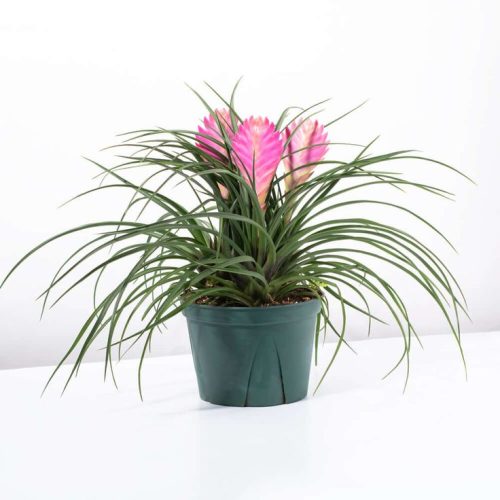Tillandsia Brachycaulos
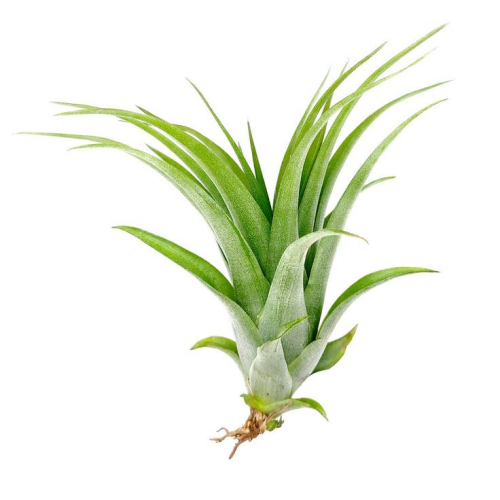
- Botanical Name: Tillandsia brachycaulos
- Family Name: Bromeliaceae
- Stems: 2-12 Inch
- Temperature: 10°C~30°C
- Others: Drought-tolerant, sun-loving.
Overview
Product Description
Tillandsia Brachycaulos: The Airborne Overlord of Aesthetics and Adaptability
Tillandsia Brachycaulos: The Resilient Air Plant Supreme
Tillandsia Brachycaulos, scientifically known as Tillandsia brachycaulos, belongs to the Bromeliaceae family. This plant is native to the Andean forests and grasslands of South America, primarily found in countries such as Ecuador, Mexico, Guatemala, Belize, Honduras, Nicaragua, El Salvador, Costa Rica, Panama, and Venezuela, at altitudes ranging from 600 to 1200 meters. It typically grows in well-drained soils, prefers humid or sub-humid climatic conditions, and enjoys moderate light exposure, avoiding direct sunlight.
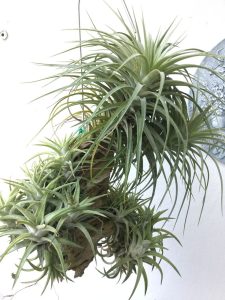
Tillandsia Brachycaulos
Growth Environment and Epiphyte Habits
Tillandsia Brachycaulos, as an air plant, exhibits a unique set of growth habits. It is an epiphyte, meaning it does not rely on soil for growth but rather attaches to branches, rocks, or other support structures, absorbing nutrients and water from the surrounding air. This adaptability allows Tillandsia Brachycaulos to thrive in a variety of environments, including humid or sub-humid climatic conditions.
Light and Temperature Requirements
Regarding light, Tillandsia Brachycaulos prefers bright, indirect light and can tolerate some direct sunlight but should be protected from intense, prolonged exposure to prevent leaf burn. In terms of temperature, this plant thrives in warm environments between 50°F and 89°F (about 10°C to 32°C). Although it can withstand cooler temperatures, cold conditions may adversely affect its growth.
Water and Humidity Management
Proper moisture management is crucial for the care of Tillandsia Brachycaulos. It requires supplying moisture through soaking or thorough misting, with good air circulation to ensure the plant dries quickly and prevents diseases caused by excessive dampness. Additionally, this plant grows most happily in humidity levels between 60% and 90%, making it an ideal choice for high-humidity areas such as bathrooms and kitchens.
Fertilization Advice
Although air plants like Tillandsia Brachycaulos do not have a high demand for fertilizer, moderation fertilization can still promote healthy growth. During the growing season, it is recommended to fertilize once a month to provide additional nutritional support. However, in winter, when the plant’s growth slows down, fertilization can be completely halted to avoid over-nutrition. This moderate fertilization strategy helps maintain the health and vitality of the plant.
Tillandsia Brachycaulos: The Majestic Air Plant
Elegant Form
It presents an elegant and compact form, with a dense rosette structure that is highly symmetrical and architecturally pleasing. Its long, narrow, and pointed leaves spiral around the base, a common feature among bromeliads, and contribute to the plant’s distinct silhouette. The leaves’ color varies from green to blue-green, influenced by sunlight exposure, and they may develop a reddish hue during flowering, enhancing their visual appeal.
Floral Elegance
The flowering period of Tillandsia Brachycaulos is marked by the emergence of striking tubular flowers that are typically purple or violet. These flowers contrast beautifully with the foliage, adding a vibrant splash of color to the plant’s center. The flowers emerge on a short, thick peduncle, standing out against the greenery and highlighting the plant’s unique beauty.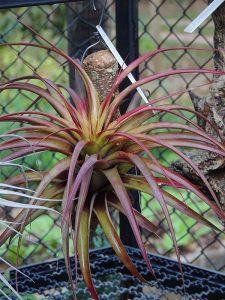
Graceful Presence
Growing up to 12 inches in height, Tillandsia Brachycaulos is a medium-sized air plant that fits well in various settings. Unlike some other species, it lacks a pronounced pseudobulb, giving it a streamlined look. Its roots are thin and wiry, primarily serving to anchor the plant to its support rather than absorbing water and nutrients, which are mainly taken up through the leaves, showcasing the plant’s adaptation to its aerial lifestyle.
Tillandsia Brachycaulos is admired by gardening enthusiasts for its easy maintenance, unique olive-brown stems, bright red bases, and green leaves covered with silvery scales. This air plant is not only highly regarded for its ornamental value but also for its air-purifying capabilities and strong adaptability to environments, making it an ideal indoor plant.





